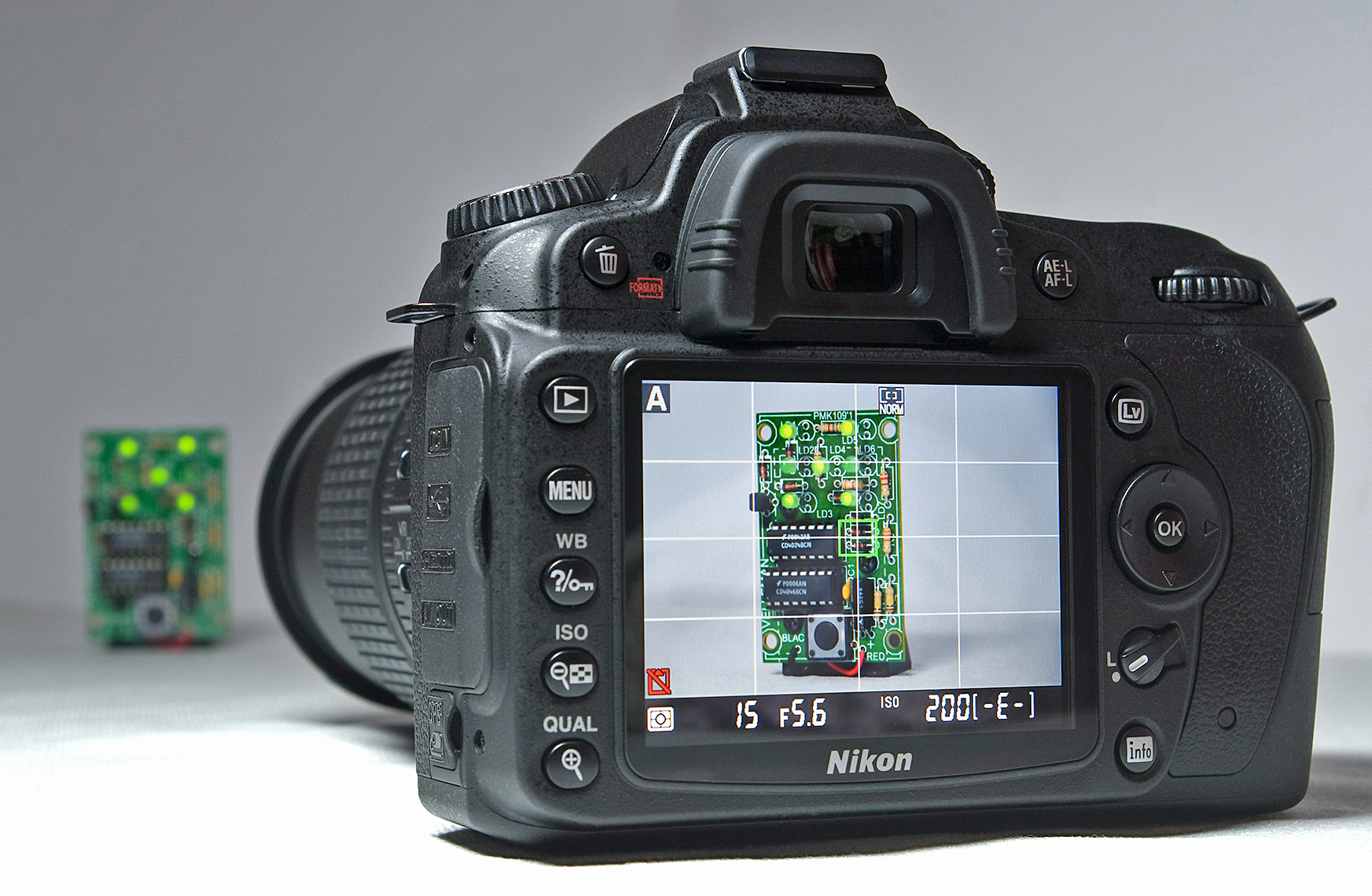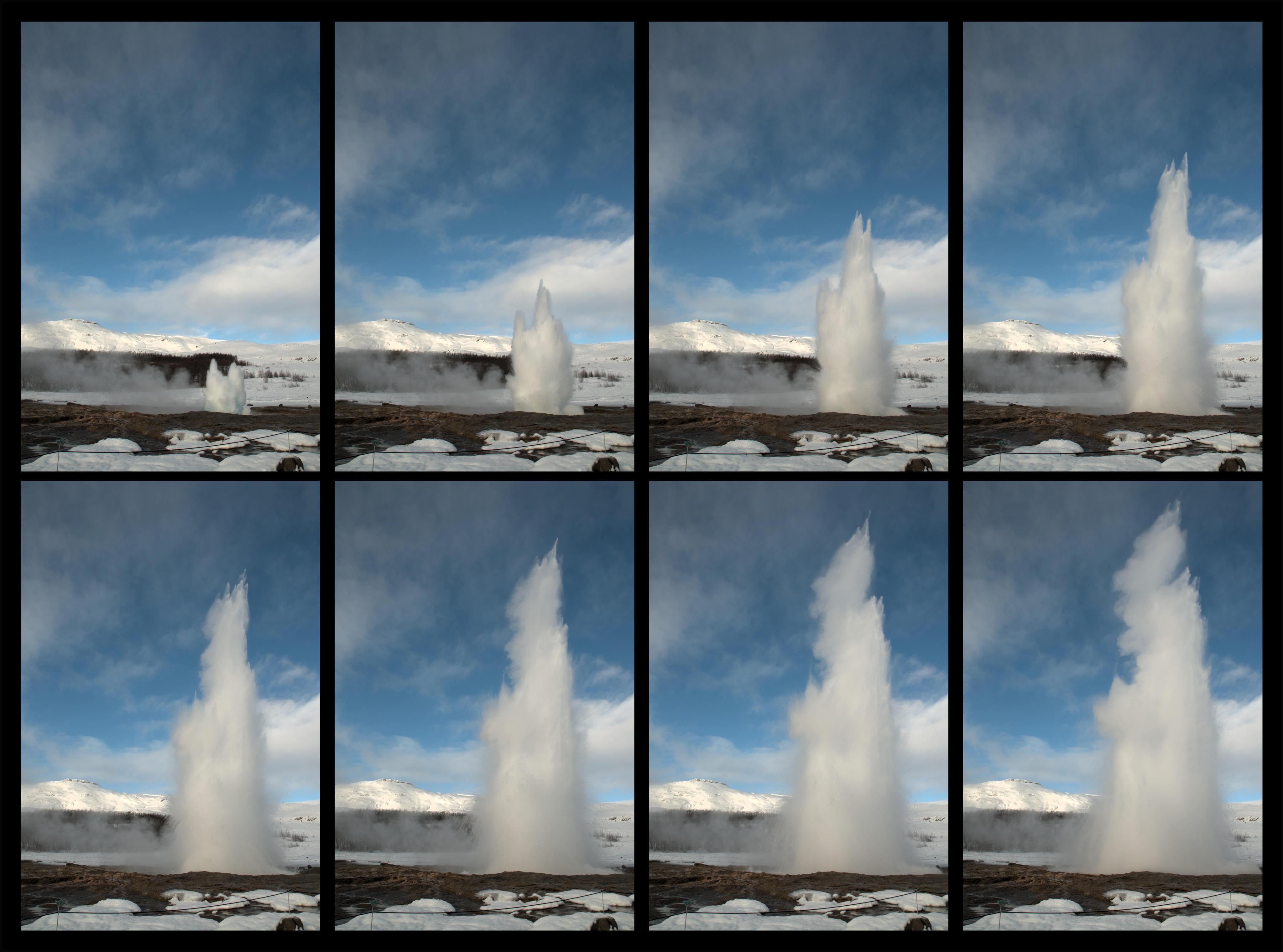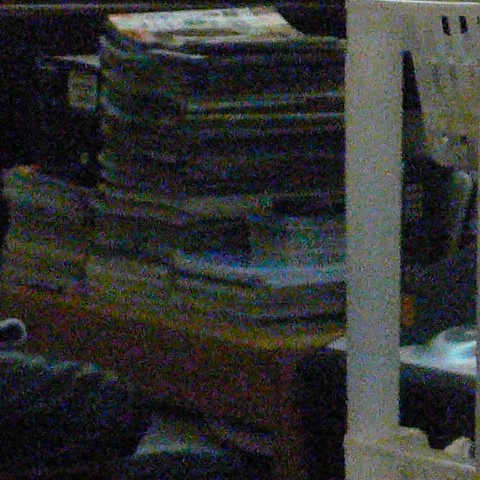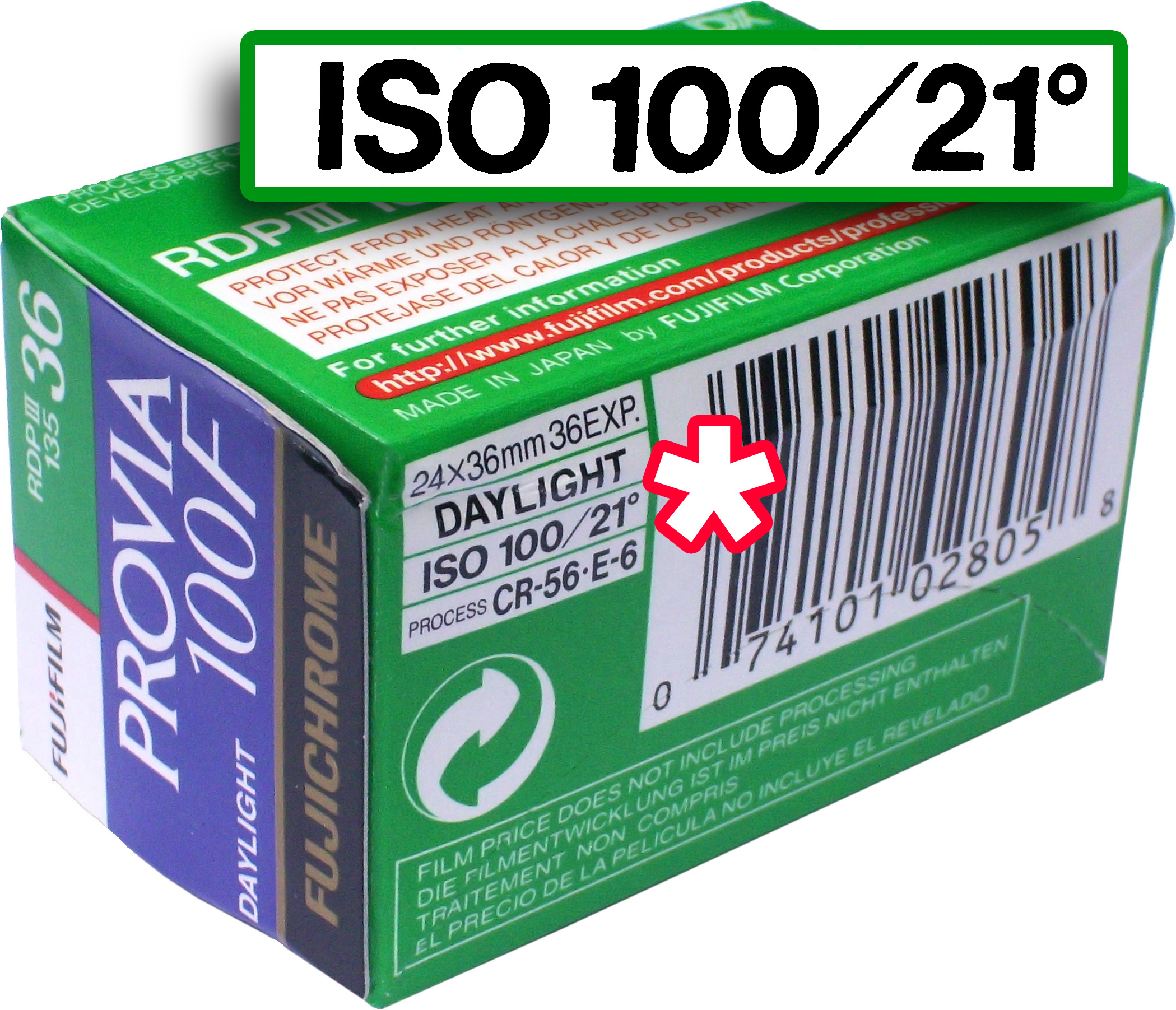|
Pentax K-x
The Pentax K-x is a 12.4 megapixel digital single-lens reflex camera, which was announced on September 16, 2009. The Pentax K-x uses a Sony Exmor sensor (different from the back-lit Exmor-R used in other Sony models). In some cases it even approaches the quality produced by full-frame DSLRs like the Nikon D700 and the Canon 5DMkII, both with larger sensors. The Pentax K-x is suitable for low light conditions for both still and video photography. The K-x is a compact model above the entry-level K2000/K-m. It is lighter than other Pentax DSLRs, including the K2000, and lacks the weather sealing of the K10D, K200D, K20D, and K-7, and is intended to be sold with lightweight DA-L-series lenses. It offers some improvements over the high-end K-7, including a maximum sensitivity of ISO12800 with lower noise than comparable cameras and even than some of higher class, a maximum shutter speed improved to 1/6000 s, and a faster burst mode of 4.7 frame/s. DPReview.com has obser ... [...More Info...] [...Related Items...] OR: [Wikipedia] [Google] [Baidu] |
Pentax
was a Japanese camera and optical equipment manufacturer. Currently, it exists as the Pentax Life Care Business Division of Hoya's medical endoscope business, as well as the digital camera brand of Ricoh Imaging, a subsidiary of Ricoh. Pentax, founded in 1919 as a town workshop specializing in polishing eyeglass lenses, developed Japan's first single-lens reflex camera, the Asahiflex, in 1952. By 2006, Pentax's domestic market share in digital cameras had declined to 4%. In 2007, Pentax was acquired by Hoya and subsequently merged with the company the following year. In 2011, Hoya spun off the Pentax brand's digital camera business, which was then acquired by Ricoh, leading to the establishment of Pentax Ricoh Imaging (current Ricoh Imaging). As a response to growing interest in film photography, Pentax launched the Pentax 17 on June 17, 2024. The Pentax 17 is a half-frame film camera. This launch marks the first Pentax film camera in over two decades. Corporate history ... [...More Info...] [...Related Items...] OR: [Wikipedia] [Google] [Baidu] |
Waterproofing
Waterproofing is the process of making an object, person or structure waterproof or water-resistant so that it remains relatively unaffected by water or resists the ingress of water under specified conditions. Such items may be used in wet environments or underwater to specified depths. ''Water-resistant'' and ''waterproof'' often refer to resistance to penetration of water in its liquid state and possibly under pressure, whereas ''Damp proofing, damp proof'' refers to resistance to humidity or dampness. Permeation of water vapour through a material or structure is reported as a moisture vapor transmission rate (MVTR). The hulls of boats and ships were once waterproofed by applying tar or pitch (resin), pitch. Modern items may be waterproofed by applying water-repellent coatings or by sealing seams with gaskets or o-rings. Waterproofing is used in reference to building structures (such as basements, decks, or wet areas), watercraft, canvas, clothing (raincoats or waders (foot ... [...More Info...] [...Related Items...] OR: [Wikipedia] [Google] [Baidu] |
Live Preview
Live preview is a feature that allows a digital camera's display screen to be used as a viewfinder. This provides a means of previewing framing and other exposure before taking the photograph. In most such cameras, the preview is generated by means of continuously and directly projecting the image formed by the lens onto the main image sensor. This in turn feeds the electronic screen with the live preview image. The electronic screen can be either a liquid crystal display (LCD) or an electronic viewfinder (EVF). Background The concept for cameras with live preview largely derives from electronic (video) TV cameras. Until 1995 most digital cameras did not have live preview, and it was more than ten years after this that the higher end digital single-lens reflex cameras (DSLR) adopted this feature, as it is fundamentally incompatible with the swinging-mirror single-lens reflex mechanism. The first digital still camera with an LCD for autogain framing live preview was th ... [...More Info...] [...Related Items...] OR: [Wikipedia] [Google] [Baidu] |
Kit Lens
A kit lens is a "starter" lens which can be sold with an interchangeable-lens camera such as a mirrorless camera or DSLR. It is generally an inexpensive lens priced at the lowest end of the manufacturer's range so as to not add much to a camera kit's price. The kit consists of the camera body, the lens, and various accessories usually necessary to get started. A kit lens can be sold by itself outside of a kit, particularly the ones that are moderately expensive; for instance a kit lens included in a prosumer camera kit is often marketed as an upgrade lens for a consumer camera. In addition, retailers often have promotions of standalone low-end camera bodies without the lens, or a package that bundles a body with one or two more expensive lenses. Originally kit lenses were of normal focal length; more recently kit lenses tend to be inexpensive zoom lenses that range from medium wide angle to mid telephoto for added versatility. Prime lenses are generally faster (smaller f-numb ... [...More Info...] [...Related Items...] OR: [Wikipedia] [Google] [Baidu] |
Time Magazine
''Time'' (stylized in all caps as ''TIME'') is an American news magazine based in New York City. It was published weekly for nearly a century. Starting in March 2020, it transitioned to every other week. It was first published in New York City on March 3, 1923, and for many years it was run by its influential co-founder, Henry Luce. A European edition (''Time Europe'', formerly known as ''Time Atlantic'') is published in London and also covers the Middle East, Africa, and, since 2003, Latin America. An Asian edition (''Time Asia'') is based in Hong Kong. The South Pacific edition, which covers Australia, New Zealand, and the Pacific Islands, is based in Sydney. Since 2018, ''Time'' has been owned by Salesforce founder Marc Benioff, who acquired it from Meredith Corporation. Benioff currently publishes the magazine through the company Time USA, LLC. History 20th century ''Time'' has been based in New York City since its first issue published on March 3, 1923, by Briton H ... [...More Info...] [...Related Items...] OR: [Wikipedia] [Google] [Baidu] |
Digital Photography Review
''Digital Photography Review'', also known as ''DPReview'', is a website about digital cameras and digital photography, established in November 1998. The website provides comprehensive reviews of digital cameras, lenses and accessories, buying guides, user reviews, and forums for individual cameras, as well as general photography forums. The website also has a database with information about individual digital cameras, lenses, printers and imaging applications. Originally based in London, ''Digital Photography Review'' and most of its team relocated to Seattle, Washington, in 2010. It was owned by Amazon from 2007 to 2023. On March 21, 2023, ''DPReview'' announced that it would soon cease operations and that its website will remain available as an archive. However, the site was acquired by Gear Patrol, which on June 20, 2023, announced that it will continue operating as before. Main features ''DPReview'' has regularly published thorough, technically orientated camera reviews si ... [...More Info...] [...Related Items...] OR: [Wikipedia] [Google] [Baidu] |
Frames Per Second
A frame is often a structural system that supports other components of a physical construction and/or steel frame that limits the construction's extent. Frame and FRAME may also refer to: Physical objects In building construction *Framing (construction), a building term known as light frame construction * Framer, a carpenter who assembles major structural elements in constructing a building *A-frame, a basic structure designed to bear a load in a lightweight economical manner ** A-frame house, a house following the same principle * Door frame or window frame, fixed structures to which the hinges of doors or windows are attached *Frame and panel, a method of woodworking *Space frame, a method of construction using lightweight or light materials *Timber framing, a method of building for creating framed structures of heavy timber or willow wood In vehicles * Frame (aircraft), structural rings in an aircraft fuselage * Frame (nautical), the skeleton of a boat * Bicycle frame, th ... [...More Info...] [...Related Items...] OR: [Wikipedia] [Google] [Baidu] |
Burst Mode (photography)
Burst mode, also called continuous shooting mode, sports mode, continuous mode, or burst shot, is a shooting mode in still cameras where several photos are captured in quick succession by either pressing the Shutter (photography), shutter button or holding it down. This is used mainly when the subject is in successive Motion (physics), motion, such as sports photography. The photographer can then select the best image of the group or arrange them in a sequence to study the transitions in detail. Details The speed at which successive photographs can be captured depends on several factors, but mainly on the processing power of the camera. Disabling certain features such as post processing which the camera applies automatically after capturing each image will usually allow a faster rate of capture. While some cheaper point and shoot cameras may have a multi-image burst function which allows them to capture a number of frames within a second with a single shutter button press, mos ... [...More Info...] [...Related Items...] OR: [Wikipedia] [Google] [Baidu] |
Shutter Speed
In photography, shutter speed or exposure time is the length of time that the film or digital sensor inside the camera is exposed to light (that is, when the camera's shutter (photography), shutter is open) when taking a photograph. The amount of light that reaches the Photographic film, film or image sensor is proportional to the exposure time. of a second will let half as much light in as . Introduction The camera's shutter speed, the lens's aperture or f-stop, and the scene's luminance together determine the amount of light that reaches the film or sensor (the exposure (photography), exposure). Exposure value (EV) is a quantity that accounts for the shutter speed and the f-number. Once the sensitivity to light of the recording surface (either film or sensor) is set in numbers expressed in "Film speed#ISO, ISOs" (e.g. 200 ISO, 400 ISO), the light emitted by the scene photographed can be controlled through aperture and shutter-speed to match the film or sensor sensitivit ... [...More Info...] [...Related Items...] OR: [Wikipedia] [Google] [Baidu] |
Image Noise
Image noise is random variation of brightness or color information in images. It can originate in film grain and in the unavoidable shot noise of an ideal photon detector. In digital photography is usually an aspect of electronic noise, produced by the image sensor of a digital camera. The circuitry of a Image scanner, scanner can also contribute to the effect. Image noise is often (but not necessarily) an undesirable by-product of image capture that obscures the desired information. Typically the term “image noise” is used to refer to noise in 2D images, not 3D images. The original meaning of "noise" was "unwanted signal"; Noise (radio), unwanted electrical fluctuations in signals received by AM radios caused audible acoustic noise ("static"). By analogy, unwanted electrical fluctuations are also called "noise". Image noise can range from almost imperceptible specks on a digital photograph taken in good light, to Optical astronomy, optical and Radioastronomy, radioast ... [...More Info...] [...Related Items...] OR: [Wikipedia] [Google] [Baidu] |
Film Speed
Film speed is the measure of a photographic film's sensitivity to light, determined by sensitometry and measured on various numerical scales, the most recent being the ISO system introduced in 1974. A closely related system, also known as ISO, is used to describe the relationship between exposure and output image lightness in digital cameras. Prior to ISO, the most common systems were ASA in the United States and DIN in Europe. The term ''speed'' comes from the early days of photography. Photographic emulsions that were more sensitive to light needed less time to generate an acceptable image and thus a complete exposure could be finished faster, with the subjects having to hold still for a shorter length of time. Emulsions that were less sensitive were deemed "slower" as the time to complete an exposure was much longer and often usable only for still life photography. Exposure times for photographic emulsions shortened from hours to fractions of a second by the late 19th ... [...More Info...] [...Related Items...] OR: [Wikipedia] [Google] [Baidu] |
Pentax K-7
The Pentax K-7 is a 14.6-megapixel digital single-lens reflex camera, announced on 20 May 2009. This is the first new flagship model released by Pentax since its merger with Hoya Corporation on 31 March 2008. It was discontinued late in 2010 in favour of the K-5. Features The Pentax K-7 was announced on 20 May 2009 and shipping began as of the first week of July 2009. The K-7 has the same pixel count as its predecessor, the K20D, but offers a significantly expanded feature set in a smaller body. New features include: * body is still weather resistant like the K20D; however, it is now made of magnesium alloy, and it is now also low temperature resistant * a high-definition video recording function (30 frames per second at 1536×1024 resolution or HDTV (cropped)) * TAv exposure mode: Time/Aperture Value: photographer sets his own desired shutter speed/aperture, while the camera adjusts the ISO accordingly to compensate exposure * in-camera high dynamic range imaging function to ... [...More Info...] [...Related Items...] OR: [Wikipedia] [Google] [Baidu] |








